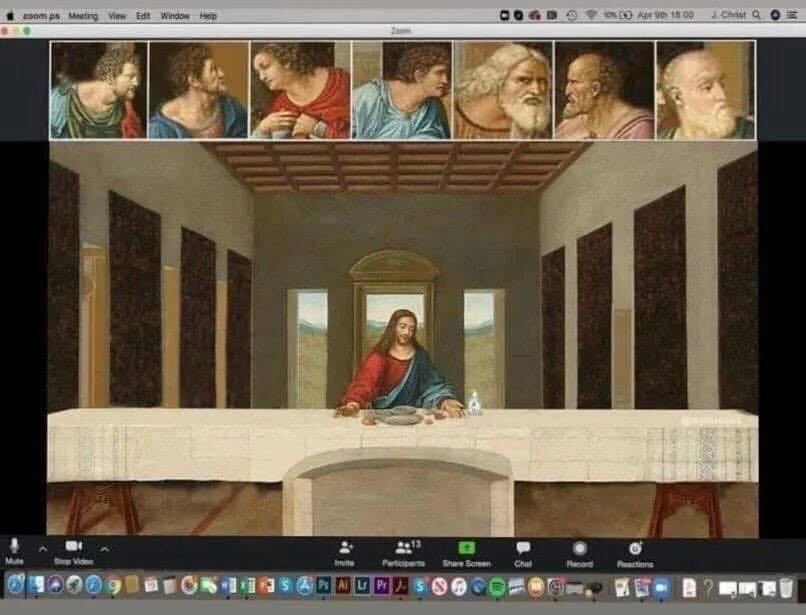There was no way Thanksgiving could be "normal" this year.
This was certainly true wherever Orthodox Christians gathered for what is becoming a Thanksgiving tradition in America, sharing a litany of poetic Russian prayers created during hellish persecution by the Bolsheviks.
Under coronavirus protocols, many sang the "Glory to God in All Things" prayers in outdoor services or in candle-lit sanctuaries containing fewer worshippers than usual. There was no way to ignore the pain of 2020.
Early in the service, a priest chants from the English translation: "Thou hast brought me into life as into an enchanted paradise. We have seen the sky like a chalice of deepest blue, wherein the azure heights the birds are singing. We have listened to the soothing murmur of the forest and the melodious music of the streams. We have tasted fruit of fine flavor and the sweet-scented honey. We can live very well on Thine earth. It is a pleasure to be Thy guest."
Worshippers respond: "Glory to Thee for the new life each day brings."
Imagine chanting those words in Soviet Gulag cells.
Only 25 people could attend at St. Anne Orthodox Church in Corvallis, Ore., but others watched online, said Laura Fear Archer. This was on Thanksgiving morning, before whatever feasts participants could have this year.
"I love this service, particularly for its depth of thanksgiving in the midst of extreme suffering," she said, in an Orthodox Facebook group. "In the midst of our far lesser but still painful suffering this pandemic year, it is a good reminder to give thanks always."
In Russia, some believers connect these prayers with birthdays. But in America the Orthodox know this service as "The Akathist of Thanksgiving," since its themes mesh with this uniquely American holiday. An "akathist" is a service honoring a saint, a holy season or the Holy Trinity.
Many trace this akathist to the scholarly Metropolitan Tryphon, a well-known spiritual father at the height of the persecution. The version of the service used today was found in the personal effects of Father Gregory Petrov, who died in 1940 in a concentration camp.










